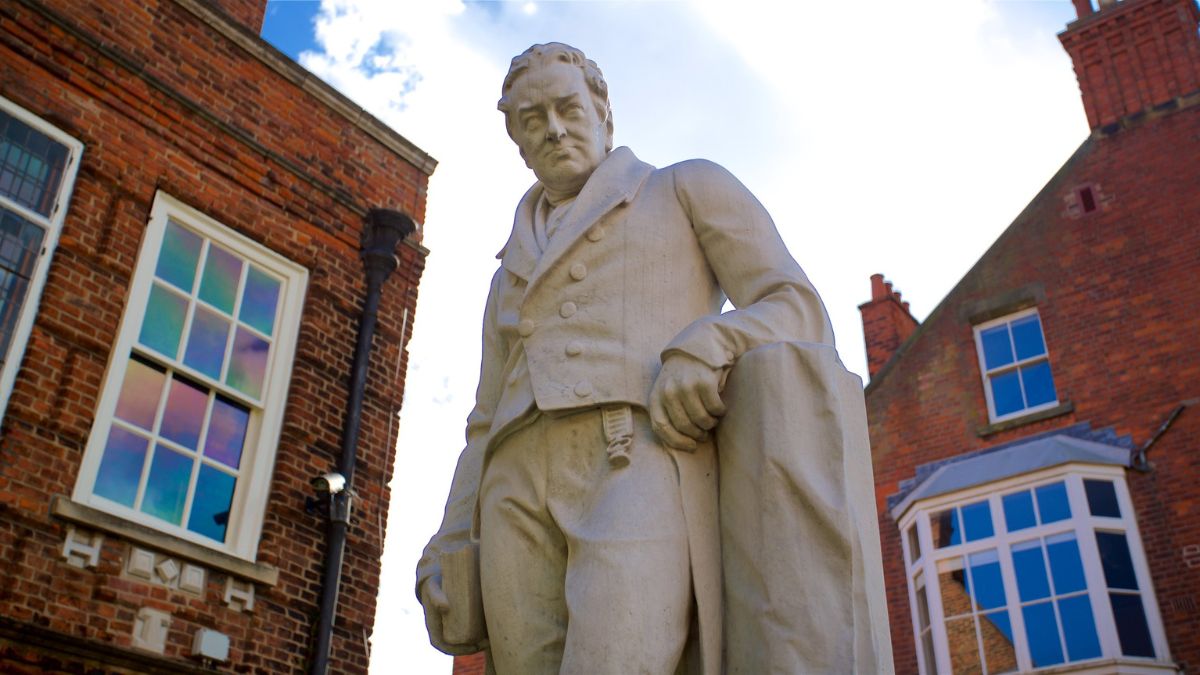

BreakPoint
Excavating the Truth
They’ve been labeled “the Super Skeptics”—Bible scholars who believe that the Scriptures can’t be relied on as a guide to ancient history. According to these scholars, there is no direct evidence that the Old Testament patriarchs like Abraham ever existed—no evidence that Abraham traveled to Canaan or rescued his nephew Lot from kidnappers. But a growing number of experts now concede that Abraham might have been a historical figure, after all. They’re being swayed by new evidence showing that details of Abraham’s story are accurate—details that couldn’t possibly have been known when recording these events long after Abraham’s day. According to the Scriptures, Abraham left his hometown of Haran and traveled to Canaan sometime around 2,000 B.C.—a period known as the Middle Bronze Age. In Genesis we read that Abraham lived in the desert, made treaties with his Canaanite neighbors, and became the father of the Israelite nation. Much of this account has now been documented by secular archaeologists. For example, in 1995 the ancient city of Haran was excavated by archaeologists from the University of Chicago. They concluded that Haran was a thriving commercial center until shortly after the Bible says Abraham left. The city was then abandoned and remained unsettled for the next thousand years. Archaeologist Barry Beitzel says it’s “highly improbable” that someone inventing the story of Abraham in more modern times would pick Haran as his birthplace when, he says, “the town hadn’t existed for hundreds of years.” In another example, the treaties Abraham made with his enemies followed a strict format used exclusively during the Middle Bronze Age. This format included exchanges of clothing between the rival rulers, calling on God as a witness, and piling up stones as a reminder of the covenant. A writer living centuries after Abraham wouldn’t have known these details, because the tablets used to record them were not uncovered until the modern era. In his 1994 book Return to Sodom and Gomorrah, scientist Charles Pellegrino notes that archaeologists working on ancient Canaanite sites have unearthed scores of tablets bearing the name Abraham. These tablets suggest that a “patriarchal figure named Abraham became famous [so that] subsequent generations passed the name to their children in his honor.” These same tablets give us another interesting fact: Two hundred years after the Bible says Abraham lived, a tribe of nomadic shepherds wandered through Canaan. These people are referred to as the Habirus—or Hebrews. Discoveries like these are providing hard evidence for biblical figures and events—documentation that confirms the accuracy of even the most ancient stories in the Bible. When you hear the “super skeptics” in your own neighborhood dismiss Genesis and other stories from the Scriptures as mere myth, tell them that every new excavation is proving just the opposite. That far from being a collection of myths, the Bible is an accurate historical document. No matter what the “super skeptics” may say, the evidence, increasingly, is on our side.
03/26/97















